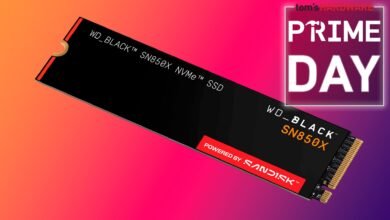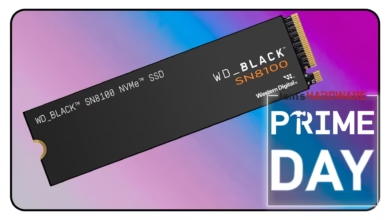Raspberry Pi 500+: All-in-One PC Inside a Keyboard

▼ Summary
– The Raspberry Pi 500+ is an upgraded version of the keyboard computer, featuring 16GB of RAM, a 256GB NVMe SSD, and a high-end mechanical keyboard.
– It is designed for users who utilize the Raspberry Pi as a general-purpose computer rather than a hobbyist appliance.
– The computer is currently available for purchase starting at $200, which is double the price of the original Pi 500.
– Raspberry Pi CEO Eben Upton confirmed the upgraded version has been in development since the original Pi 500 was released last year.
– The Pi 500+ includes an M.2 slot for the SSD that can be swapped for higher-capacity drives, while still supporting booting from microSD and USB.
For users seeking a compact yet powerful desktop computing solution, the Raspberry Pi 500+ represents a significant evolution of the all-in-one keyboard computer concept. This new model substantially upgrades the original Pi 500 with 16GB of RAM, a built-in 256GB NVMe SSD, and a premium mechanical keyboard featuring programmable RGB lighting. Priced starting at approximately $200, it positions itself as a more capable alternative for general-purpose computing.
According to a blog post from Raspberry Pi CEO Eben Upton, development of the enhanced 500+ began shortly after the launch of the standard Pi 500 last year. The core architecture remains the same, housing a complete Raspberry Pi 5 motherboard within the keyboard enclosure. The key differentiator lies in the upgraded components and the refined peripheral experience.
A notable hardware enhancement is the inclusion of a populated M.2 slot, which early reviewers of the original model had observed was present but unused on the motherboard. The Pi 500+ utilizes this slot for a 256GB SSD, a major step up from reliance on microSD cards for storage. Importantly, this SSD is user-replaceable, allowing for upgrades to higher-capacity drives. The system maintains flexibility by still supporting booting from microSD cards and USB devices.
The keyboard itself has received a substantial overhaul. It now incorporates mechanical switches for a more responsive typing feel, along with replaceable keycaps and individually programmable RGB LEDs. These features cater to users who value both performance and a personalized desktop aesthetic. The integrated design keeps all the computer’s ports conveniently located on one side of the case, maintaining a clean and organized workspace.
(Source: Ars Technica)





